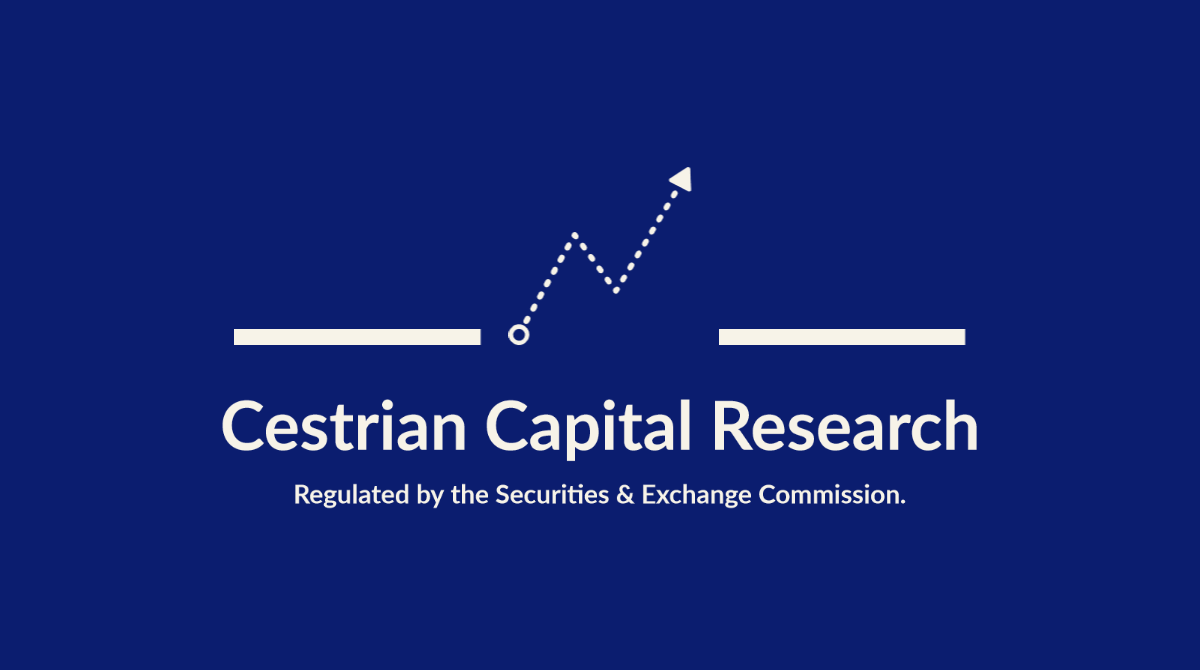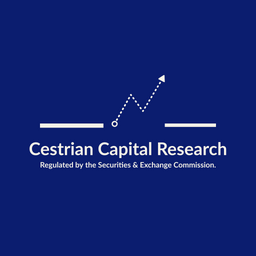Signal Flow Data Dictionary

Introduction
This Data Dictionary refers to the terms used in our SignalFlowAI family of quantitative research services. You can read about these services right here:

Terms Used And Definitions
- Calamar Ratio
- Max Drawdown
- Max Drawdown Duration
- Momentum
- Profit Factor
- Relative Strength
- Sharpe Ratio
- Simple Return
- Sortino Ratio
- Win Rate
Calmar Ratio
Definition: The Calmar Ratio measures return relative to risk, specifically the risk of the largest loss.
Formula:
Calmar Ratio = Average Annual Return / Maximum Drawdown
Example:
If an investment has a 15% average return and a max drawdown of 10%:
Calmar Ratio = 15% / 10% = 1.5
A higher Calmar Ratio means better risk-adjusted performance.
Max Drawdown
Definition: The largest drop from a peak to a trough in value before a new peak is reached.
Peak ➚ $100
↘
↘
➘ $70 ← Trough
Drawdown = (100 - 70) / 100 = 30%
Shows how much an investor could lose during the worst period.
Max Drawdown Duration
Definition: The longest time it takes an investment to recover from a drawdown.
Example:
Drawdown began: January 2022
Recovery completed: June 2023
Duration = 18 months
Helps understand how long you might wait during a bad period.
Momentum
Definition: Measures how strongly an asset is trending up or down.
Example:
- Stock A rose 20% over 3 months → Strong momentum
- Stock B stayed flat → Weak momentum
Momentum investors seek assets with continued strength in recent price movement.
Profit Factor
Definition: The ratio of total profits to total losses.
Formula:
Profit Factor = Total Profits / Total Losses
Example:
Profit = $10,000, Losses = $5,000
Profit Factor = 2.0
Above 1.0 means profitable strategy.
Relative Strength
Definition: Compares asset performance to another (like the S&P 500).
Example:
Stock A gained 10%, S&P 500 gained 5%:
Relative Strength = 10% / 5% = 2.0
Above 1 means outperforming benchmark.
Sharpe Ratio
Definition: Measures how much return you're getting per unit of risk (volatility).
Formula:
Sharpe Ratio = (Average Return - Risk-Free Rate) / Standard Deviation
Example:
Avg Return = 12%, Risk-Free = 2%, Std Dev = 10%
Sharpe = (12 - 2) / 10 = 1.0
Higher Sharpe = better risk-adjusted returns.
Simple Return
Definition: Basic percentage change in value from start to finish.
Formula:
Simple Return = (End Value - Start Value) / Start Value
Example:
Buy at $100, sell at $120:
(120 - 100) / 100 = 20%
Sortino Ratio
Definition: Like Sharpe, but only considers downside risk.
Formula:
Sortino Ratio = (Average Return - Risk-Free Rate) / Downside Deviation
Useful for avoiding punishment of upside volatility.
Win Rate
Definition: Percentage of trades that were profitable.
Formula:
Win Rate = (# of Winning Trades) / (Total Trades)
Example:
60 winning trades out of 100 → Win Rate = 60%
High win rate is good, but should be considered along with average gain/loss.

